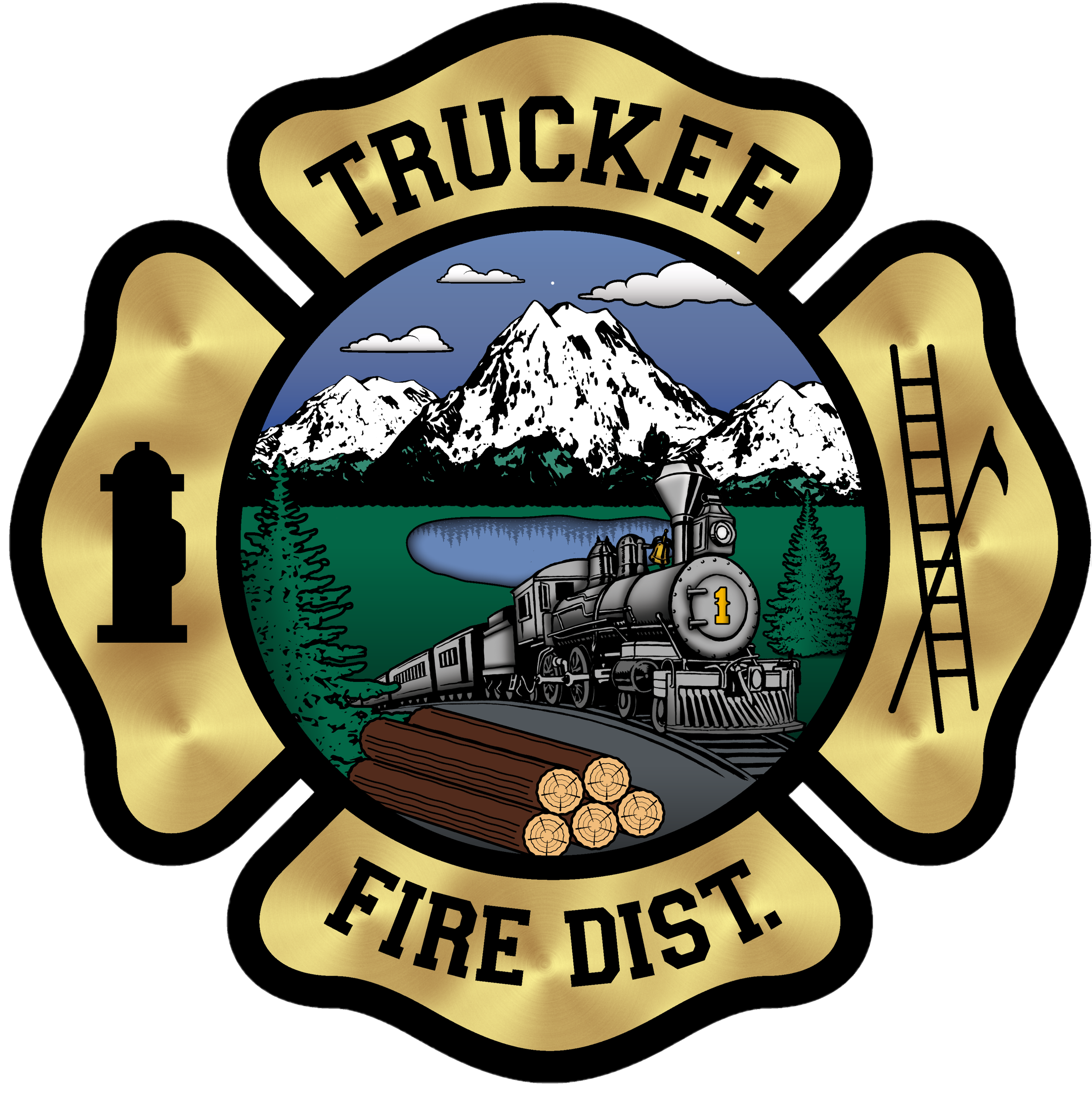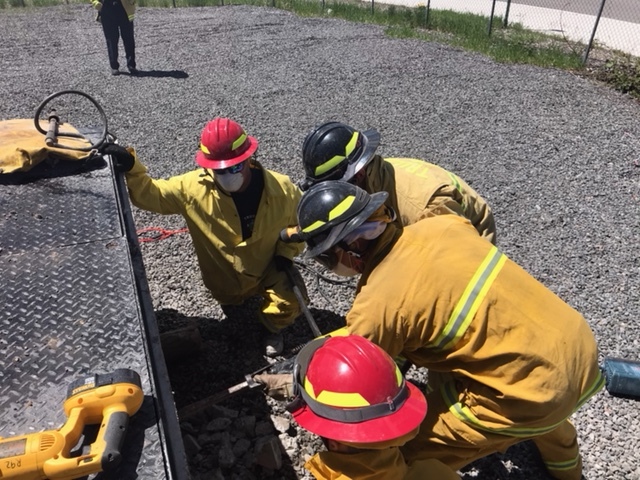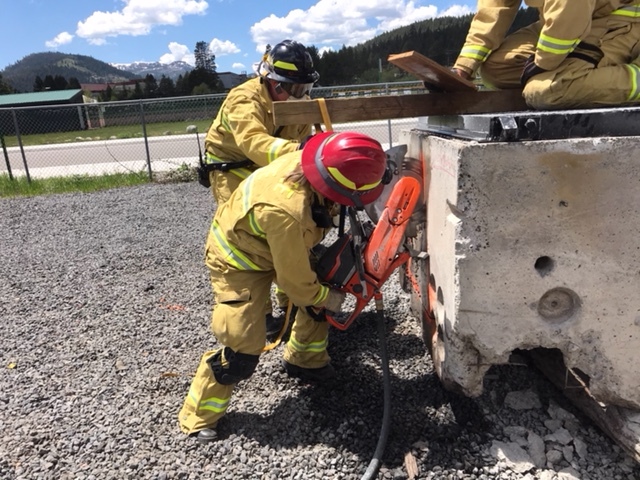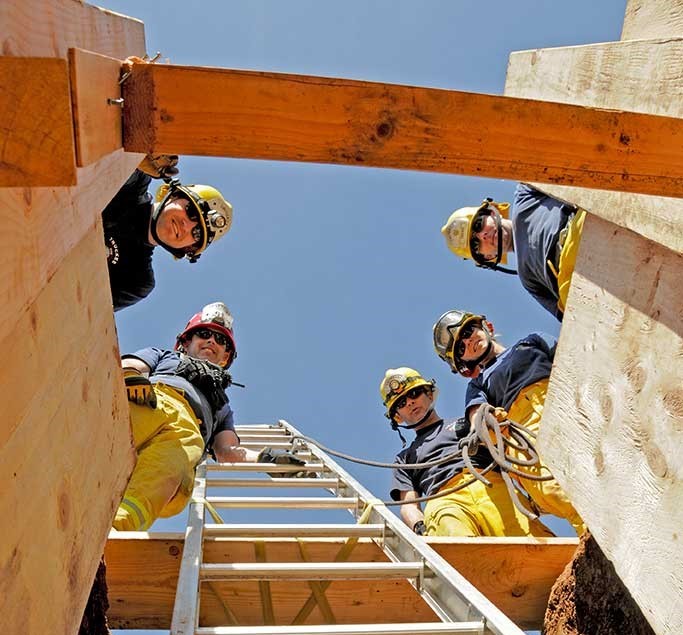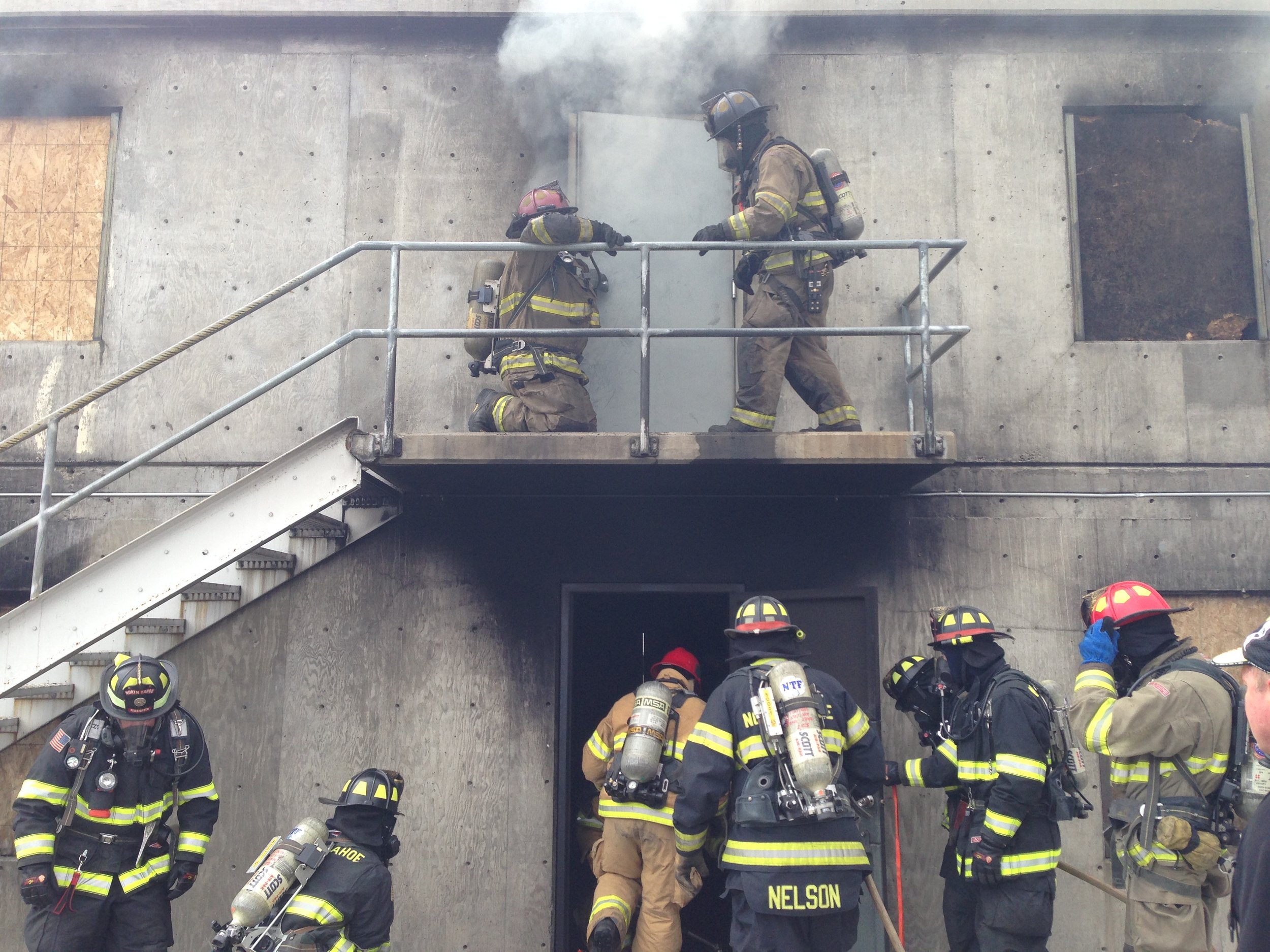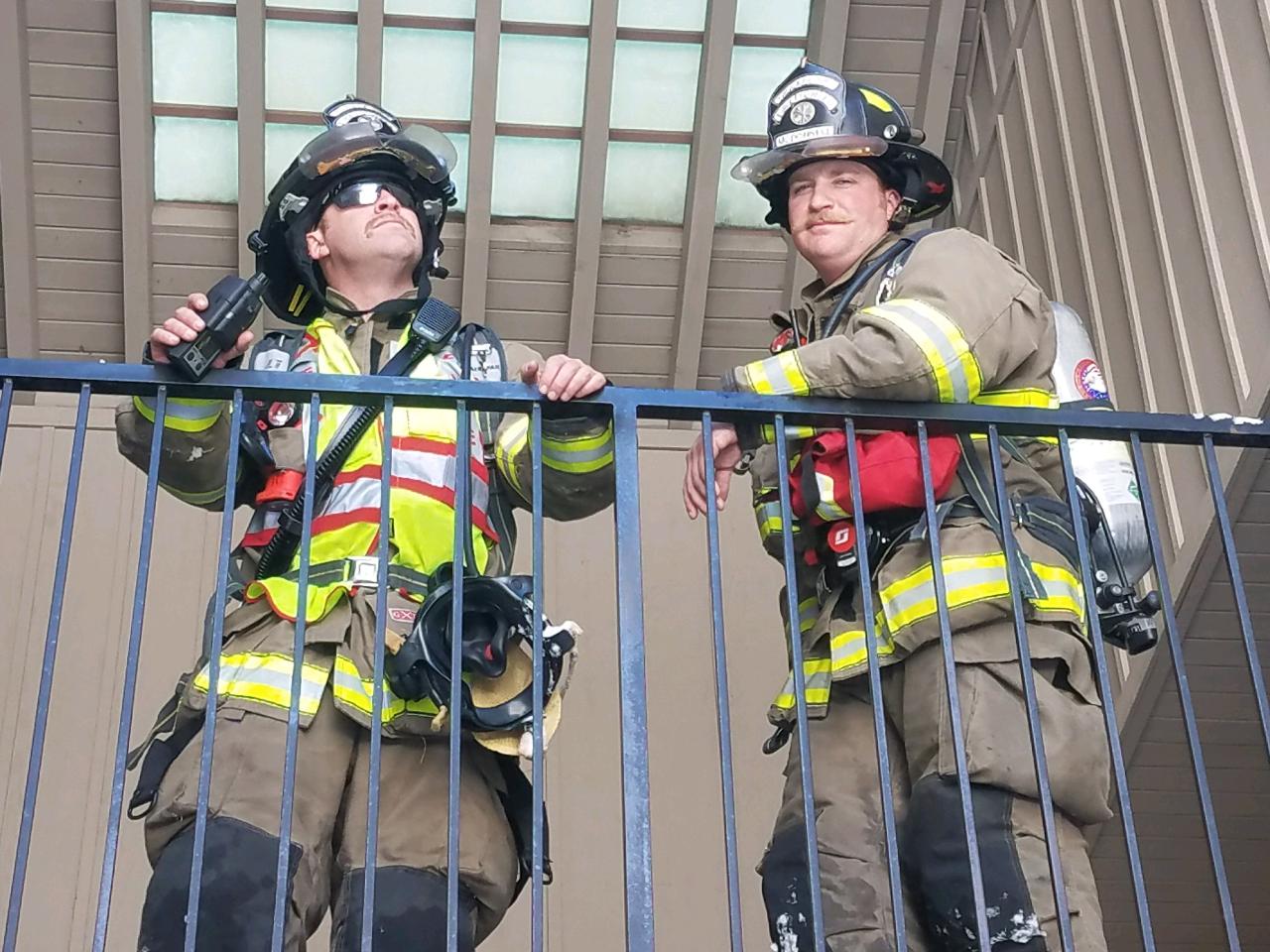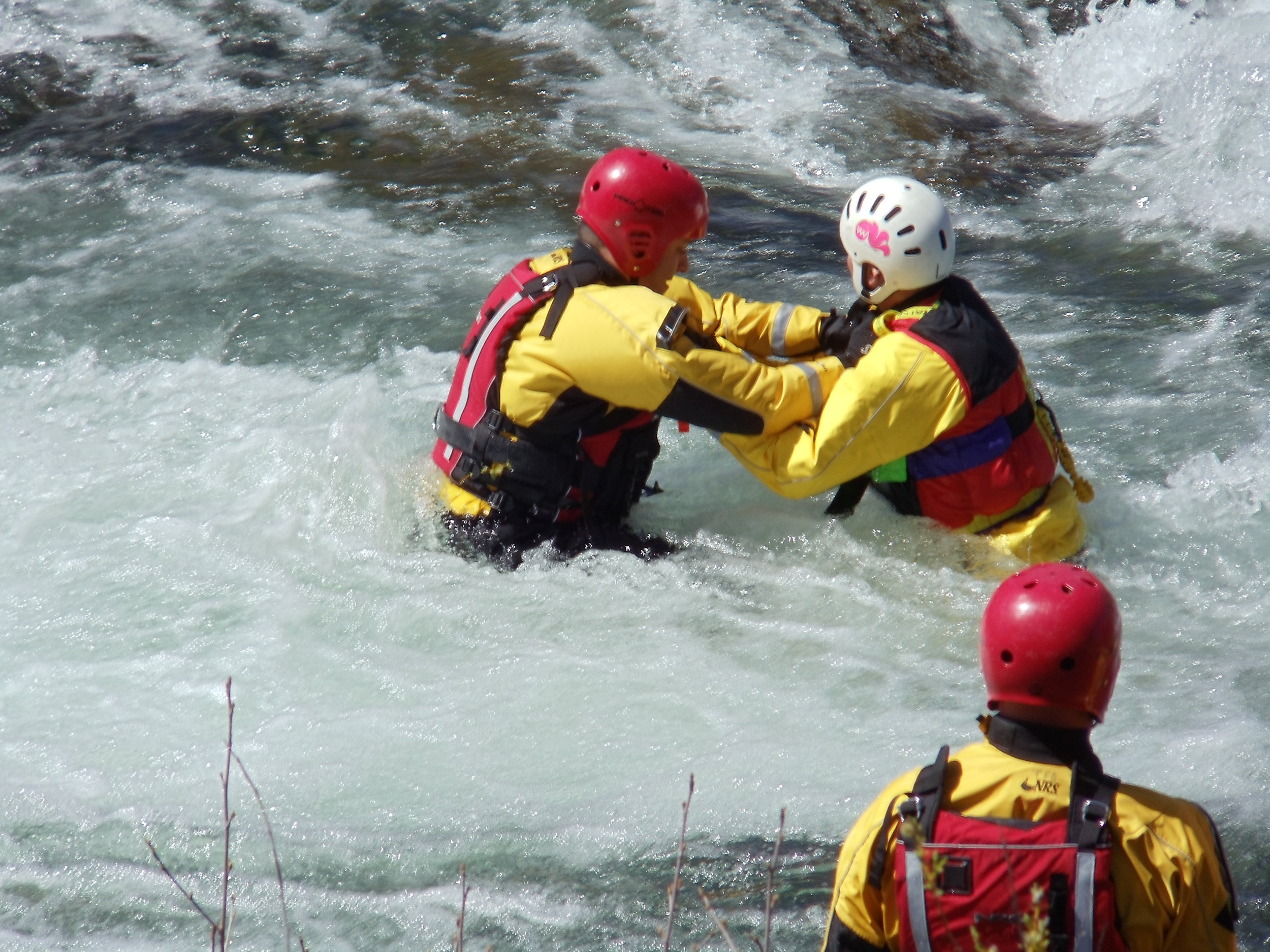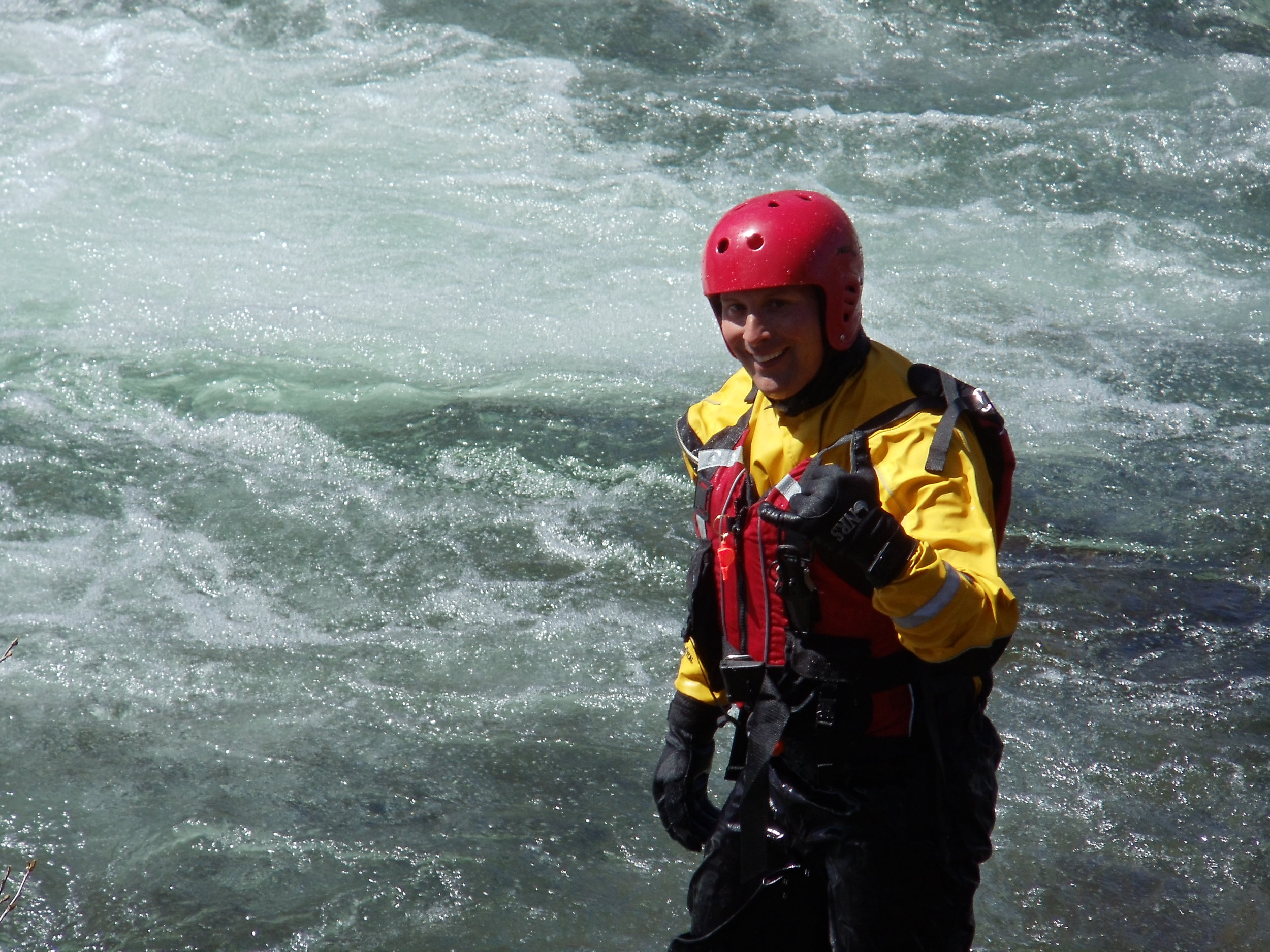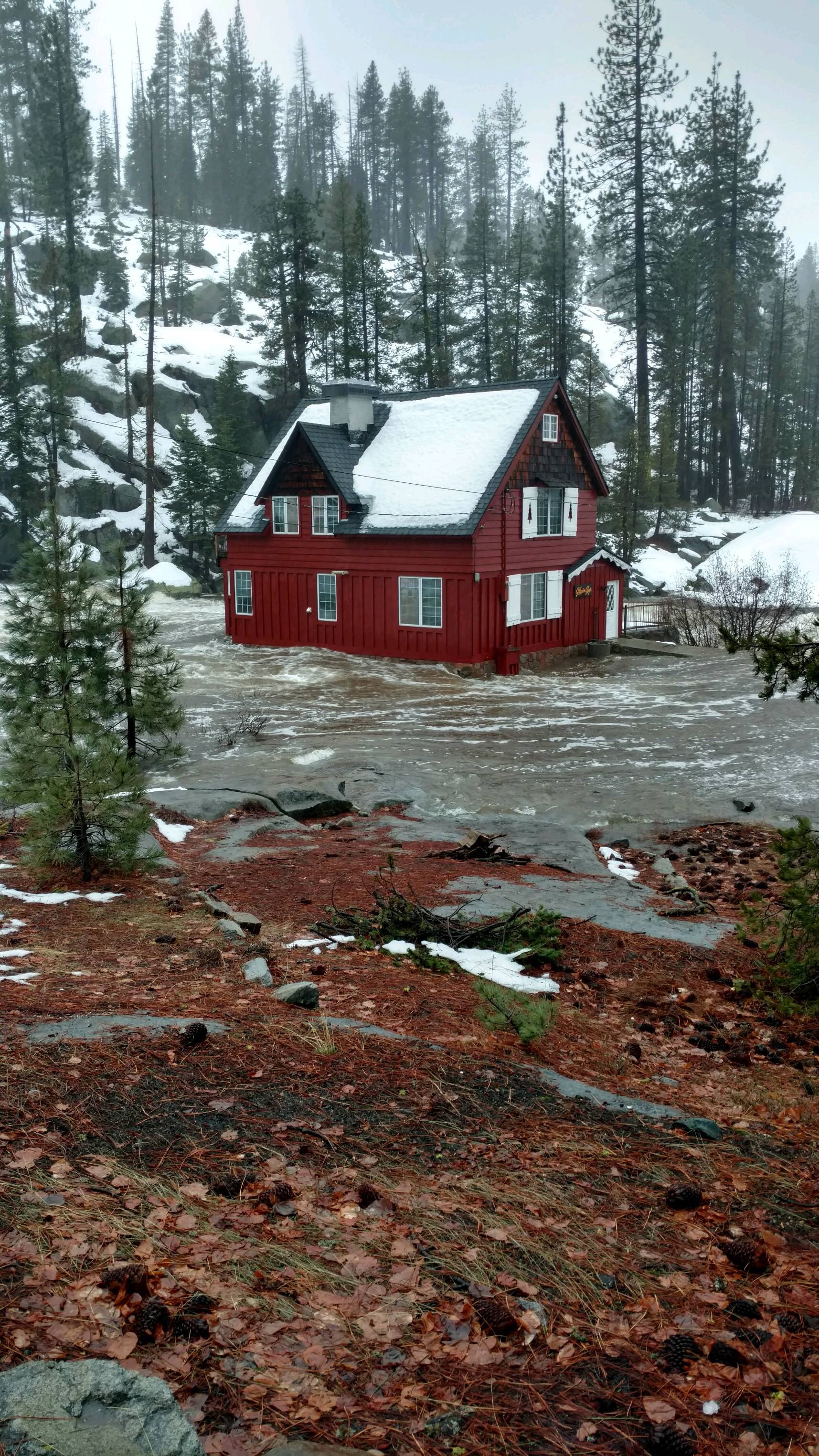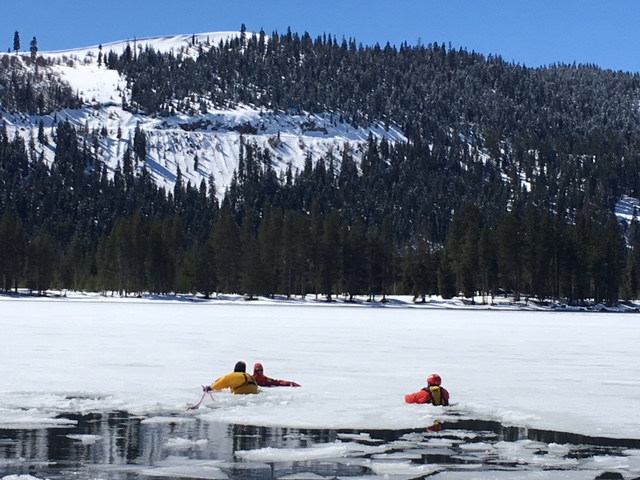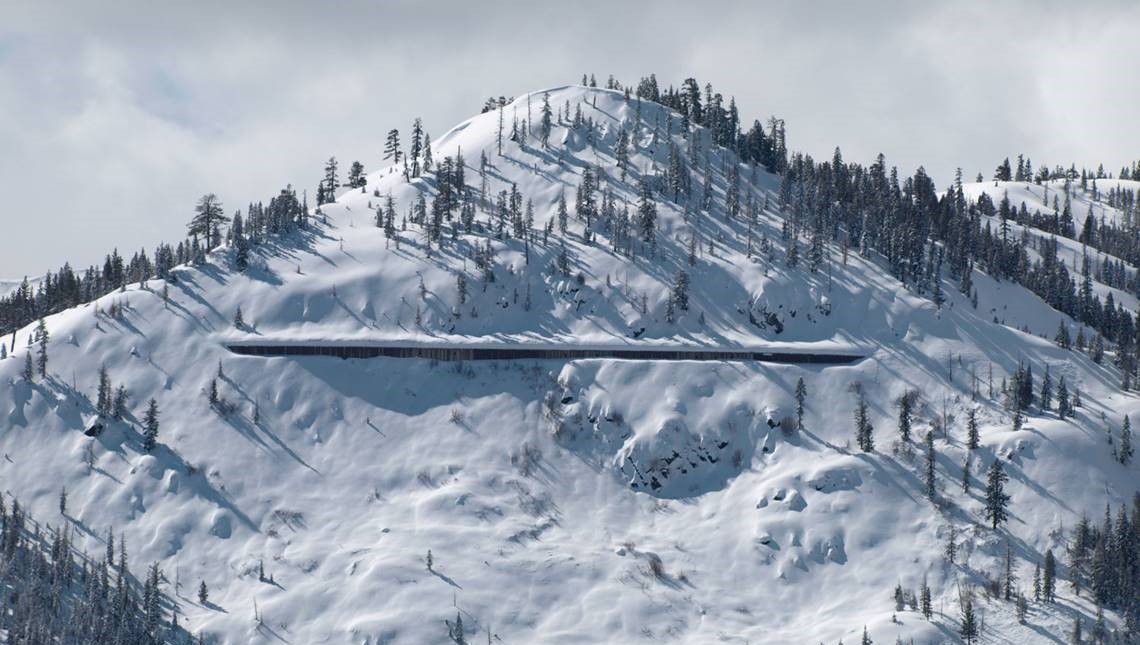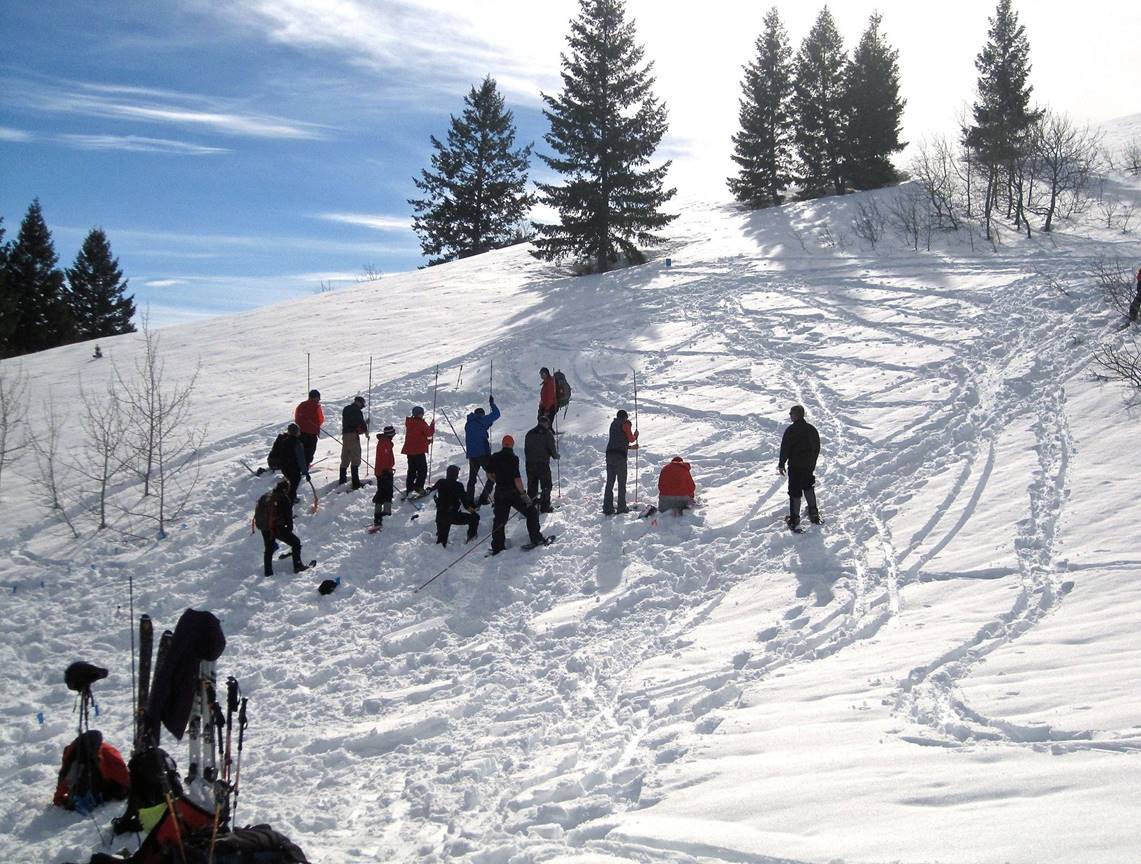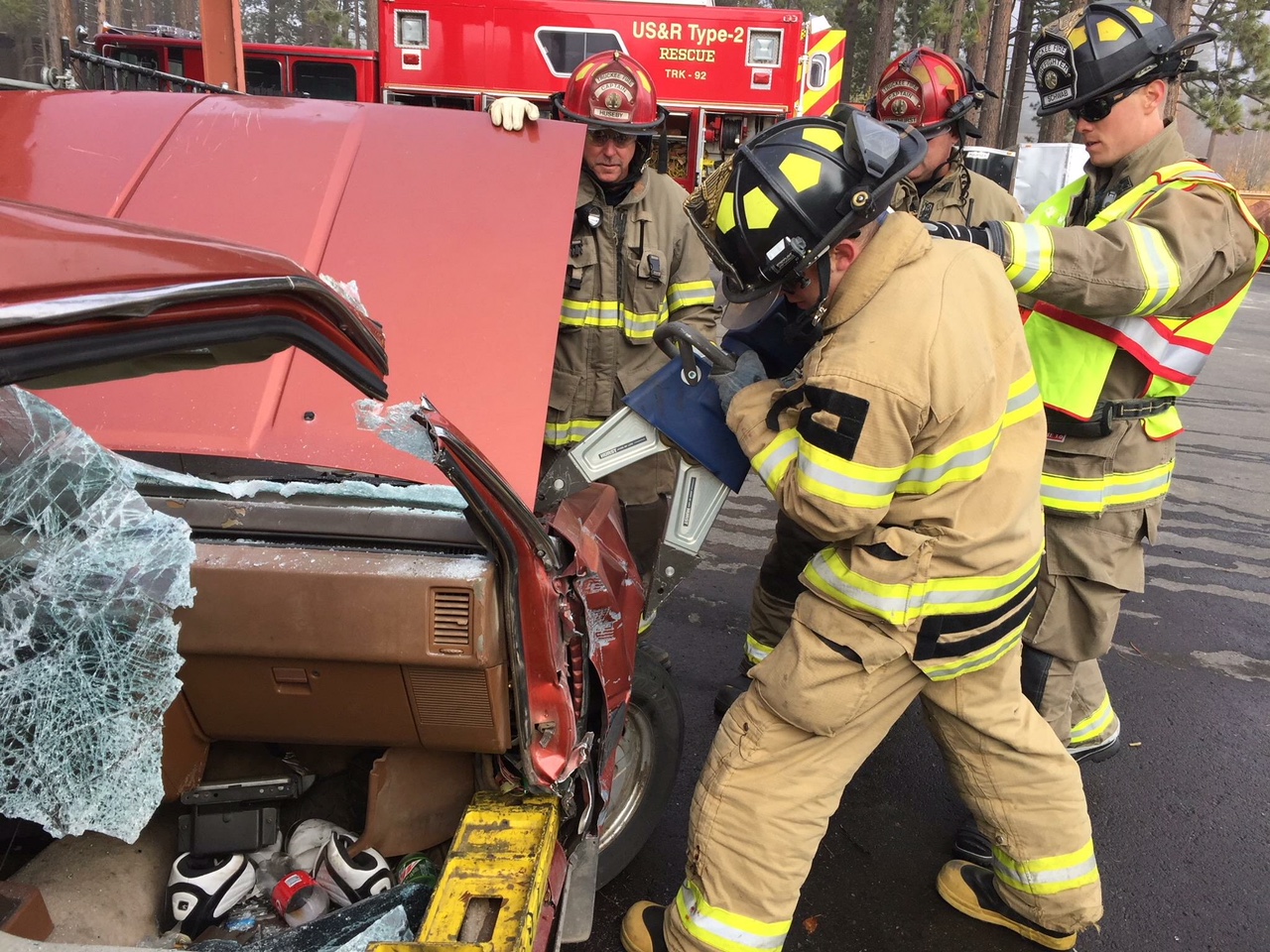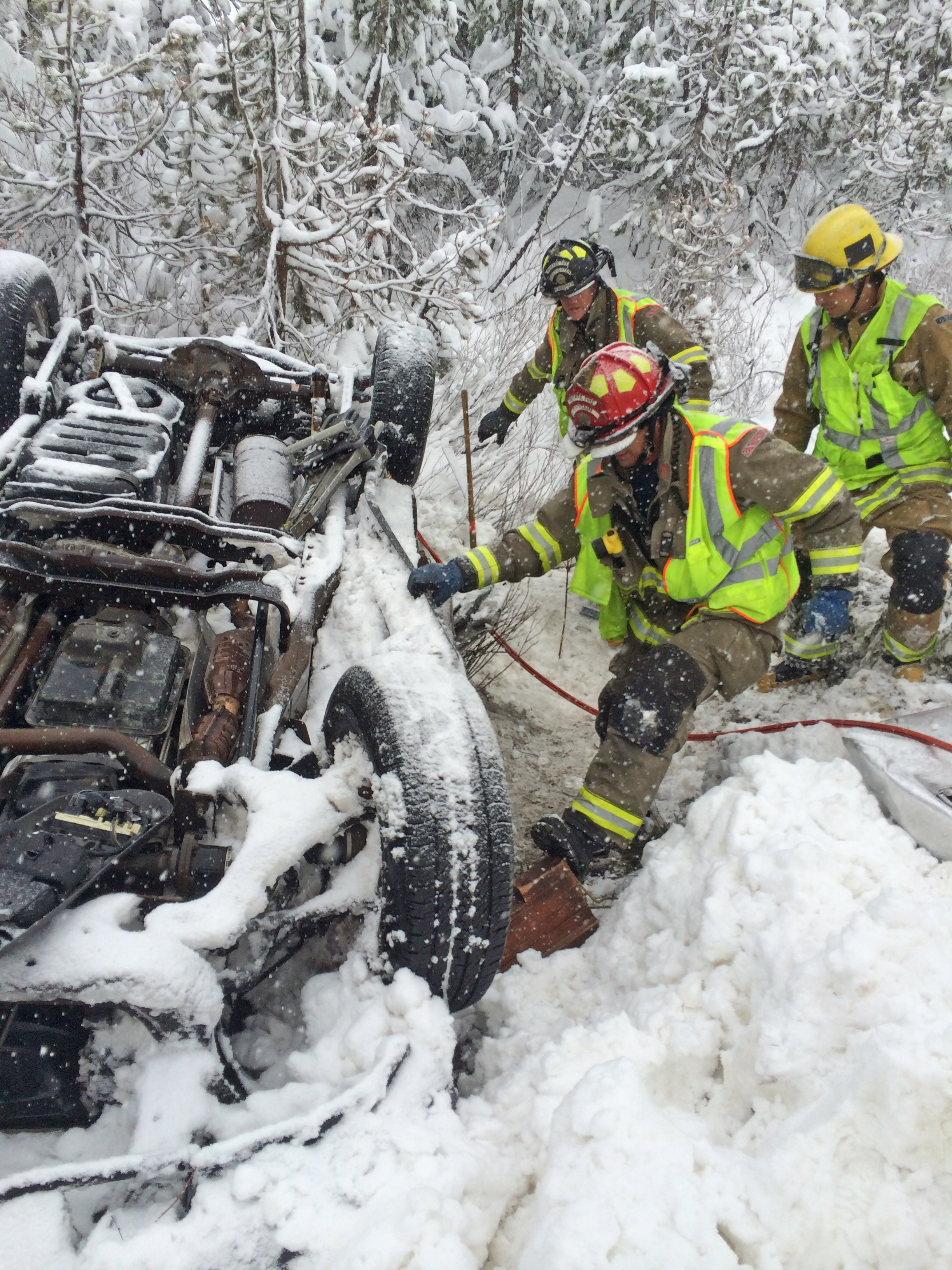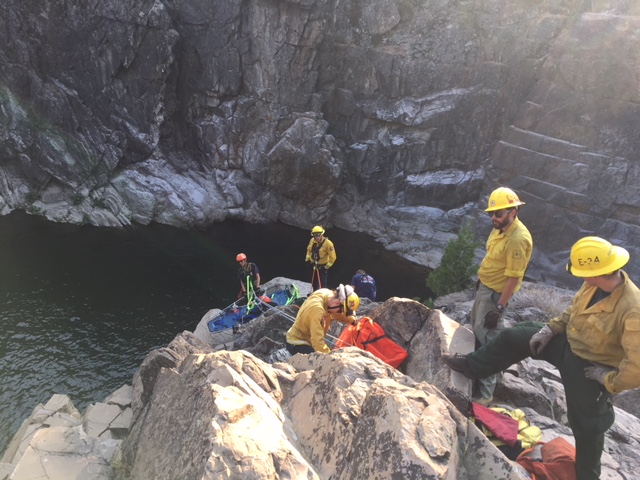rescue operations
CONFINED SPACE RESCUE
Confined space rescue involves the rescue and recovery of victims trapped in a confined space, or in a place only accessible through confined spaces, such as underground vaults, storage silos, storage tanks, or sewers.
Confined space rescues can be technically challenging due to the environment in which they occur. Confined spaces are often narrow and constricting, preventing easy access by rescuers. They are usually either unlit or poorly lit, so rescuers must provide their own light source. Finally, confined spaces often contain hazardous materials in liquid or gas form, which can be harmful or even fatal to humans.
These unique hazards create a limited window during which a rescue can be performed.
SWIFT WATER RESCUE
Swift water rescue (also called "white water rescue") is a subset of technical rescue, dealing in white water river conditions. Due to the added pressure of moving water, swift water rescue involves the use of specially trained personnel, ropes and mechanical advantage systems that are often much more robust than those used in standard rope rescue. The main goal is to use or deflect the water’s power to assist in the rescue of the endangered person(s), as in most situations there is no easy way to overcome the power of the water.
The Truckee River flows through the middle of our town, and is a common site for recreation in our community, being a favorite of rafters, tubers, swimmers & kayakers. Bad lifestyle choices, in the name of good times, can lead to a real bad day, while winter snow runoff can swell the river to dangerous depths and speeds, catching overzealous recreators off-guard. Our firefighters are always ready to come to the aid of anyone who may find themselves in trouble in these all-too-often deceptively dangerous conditions.
URBAN SEARCH & RESCUE
Urban Search and Rescue (USAR) involves the location, extrication, and initial medical stabilization of victims trapped in structural collapse due to natural disasters, mines and collapsed trenches. Structural collapse incidents can comprise unstable or collapsed structures in an unsafe position. Usually collapse incidents leave voids inside the debris that can result in numerous casualties trapped under large amounts of very heavy and often unstable debris.
USAR services can be faced with complex rescue operations within hazardous environment. Urban search-and-rescue is considered a multi-hazard discipline, as it may be needed for a variety of hazards including earthquakes, storms, avalanches, floods, dam failures, technological accidents, terrorist activities, and hazardous materials releases.
TRENCH RESCUE
Trench rescue is a specialized form of rescue, and is considered to be a subset of confined space rescue. Trench rescue involves shoring up the sides of a trench, and digging a trapped worker or other person out of a collapsed ditch.
Trench rescue is one of the most dangerous rescue operations to complete, which is why Truckee Fire employees undergo intensive trainings on an annual basis, ensuring skills are always fresh, should the need arise.
ICE RESCUE
Ice rescue is a necessary part of operations during winter months—Truckee gets cold, and ice is often not as deep as is supposed, leading to all kinds of dangerous situations.
Training for these dangerous operations includes learning about how ice forms, how to recognize unsafe ice conditions, equipment requirements, safety drills and more.
Crews are trained in surface ice rescue operations as well as the use of our remotely operated vehicle for underwater ice rescue operations.
AVALANCHE RESCUE
Avalanche rescue involves locating and retrieving people who have been buried in avalanches. With heavy snows & steep mountains, Truckee & its surrounding area (including ten nearby ski resorts) is a prime location for avalanche activity.
These natural occurrences are compounded by heavy wintertime recreational use of our slopes, and make avalanche rescue training a key component of Truckee Fire District’s rescue program.
VEHICLE EXTRICATION
Vehicle extrication is the process of removing a vehicle from around a person who has been involved in a motor vehicle collision, when conventional means of exit are impossible or inadvisable. A delicate approach is needed to minimize injury to the victim during the extrication. This operation is usually accomplished by using chocks and bracing for stabilization and hydraulic tools, including the Jaws of Life.
Post-accident dangers are very real and our firefighter/paramedics are each highly trained to deal with such incidents. Active systems such as airbags can make cutting into a vehicle more complicated: when they are not set off during the accident (e.g. in a vehicle struck from the rear or a rollover), extrication operations may set them off. This can cause additional trauma to the accident victim or to the rescuers. Therefore rescuers must disconnect the vehicle's battery and wait before cutting into a vehicle.
LOW ANGLE ROPE RESCUE
Low Angle Rope Rescue refers to over-the-side operations, which may be the result of a vehicle accident, hiking mishap, swift water rescue, or search and rescue function in an urban or remote area.
